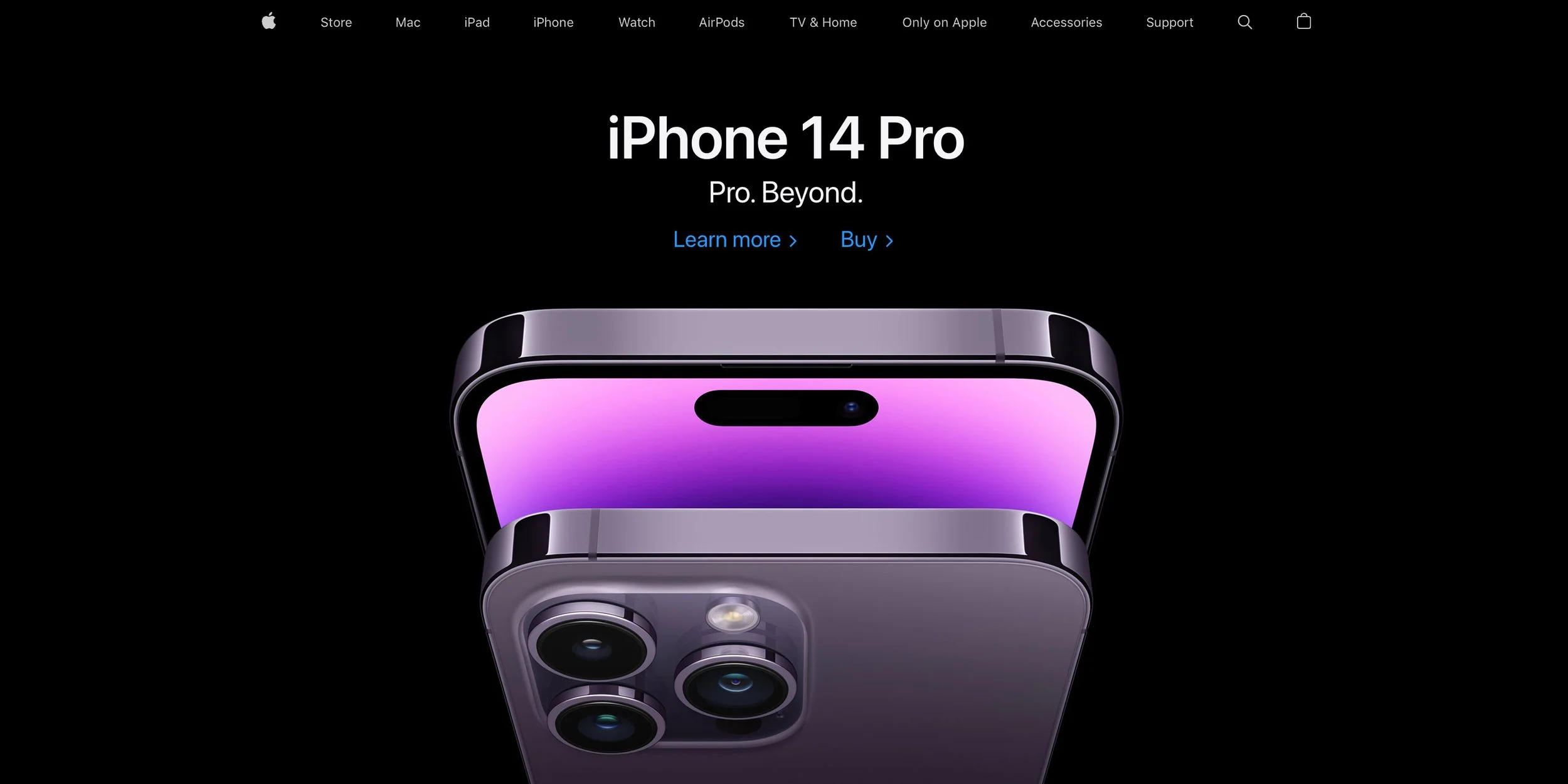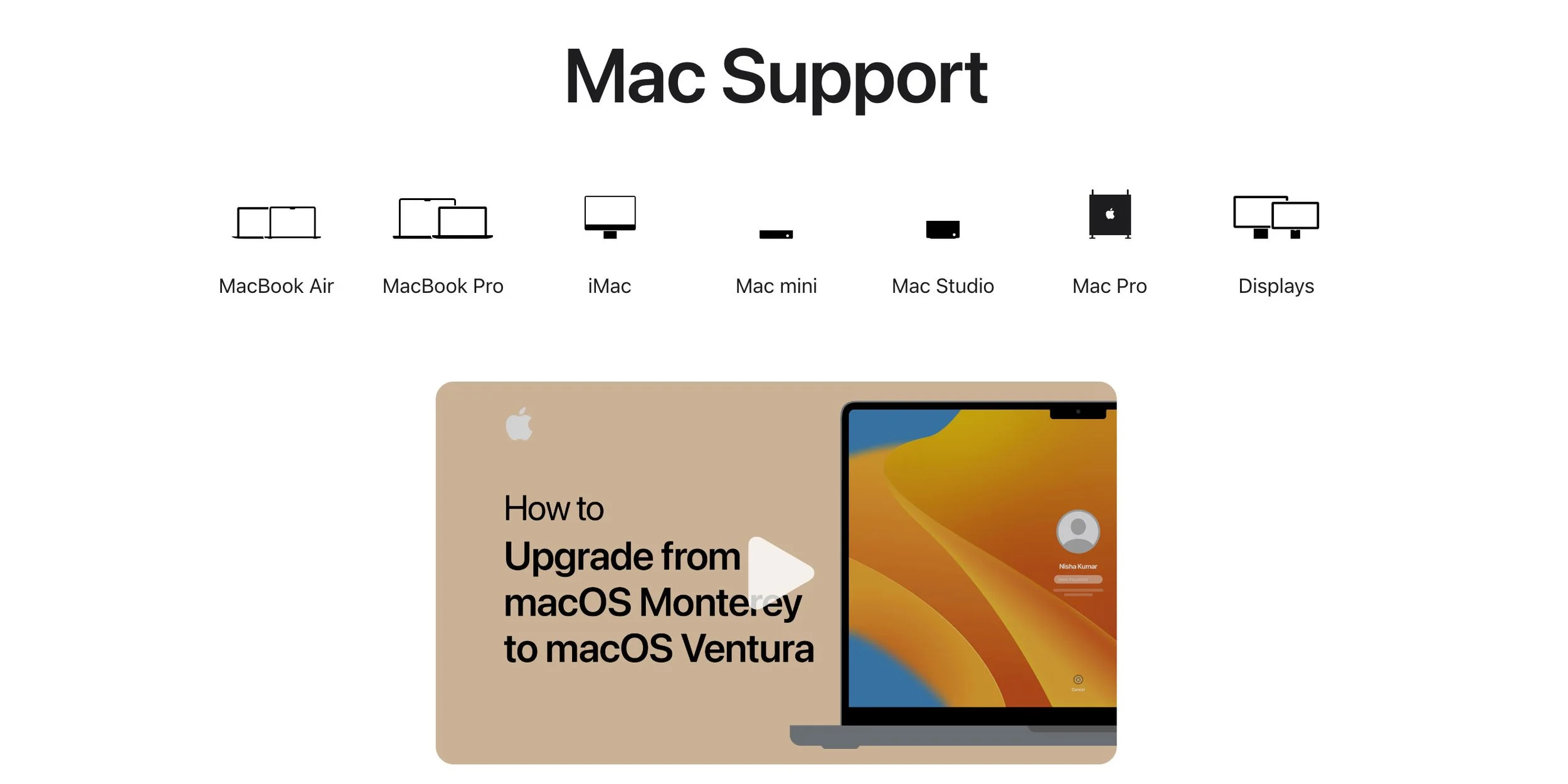
Embrace the science of influence.
Drive engagement, boost conversion rates, and shorten sales cycles with our evidence-based marketing and digital experience frameworks.
The marketing underperformance conundrum.
You’re using the right marketing tools and fundamentally sound tactical approaches, but the results? Underwhelming. Where do you go from here?
Follow the science.
We’ve rolled behavioral science findings into every element of the human-centric marketing experience—from the layout of a page to a specific word choice in a sentence. In the end, it creates a very different impact.
The power of applied neuroscience and anthropology.
Tapping into the irrational yet predictable science of the human mind, we ethically implement behavior design that drives results.
600%
increase in inbound sales calls
300%
increase in software downloads
10%
conversion rate
1.1M
client leads nurtured per quarter
When we effectively harness heuristics and other neuroscience and applied anthropology principles, we can increase recall, nurture loyalty, and speed up decision-making.
Our evidence-based framework offers this repeatable path to marketing success through an actionable application of the science.
Our science of influence framework.
Affinity bias
Quickly communicating your purpose—one that your audience wants to be a part of and that sounds like them—fosters brand loyalty.
Anchoring bias
Cementing a positive first experience with your brand, and sharing user-centric outcomes early accelerates time to decision—even when your audience experiences a degree of complexity later in their decision journey.
Fluency heuristic
Leveraging clean, simple UX/UI, copy, and design influences perceptions of value and ease, even when your product or solution is complex.
Apple is the quintessential example of a brand that understands how to harness the fluency heuristic. It knows that when something looks simple, it’s worth more and it’s more robust. That’s why it embraces clean, simple design—in its products, retail stores, and across each and every consumer touchpoint.
Reciprocity heuristic
Unexpectedly surprising and delighting your audience with freely-given gifts—humor or a demonstration of appreciation, for example—triggers your audience’s hard-wired desire to return the favor.
Mirror neurons
Mirroring your audience’s internal voice triggers mirror neurons that nurture connection and empathy with your brand, fostering a sense of partnership.
Loss aversion heuristic
Acknowledging pain points, communicating the loss you can prevent, and showing empathy with specificity drives action—even when your audience is confronted with complicated decisions—all while engendering trust and interest.
Modern ecommerce shopping carts frequently employ loss aversion and social proof to boost sales. You’ll see these nudges applied as low inventory indicators, the number of people currently looking at the same product, and reviews adjacent to the conversion button.
Social proof
Amplifying third-party testimonials delivers powerful social proof that gives prospects greater confidence in your brand, driving conversions.
Cognitive dissonance avoidance
Delivering consistency across all brand touchpoints eliminates the potential for two competing realities—or cognitive dissonance—which is toxic to brands.
Similarity heuristic
Centering your audience within a future story—in a way that reminds them of a past good experience or success—leaves them more inclined to believe that the same outcome is likely.

Connect with us.
Ready to tap applied neuroscience for your marketing success? Reach out. We’re here to help.
[email protected]
+1-612-766-2684
PO Box 14210
Saint Paul, MN 55114

















